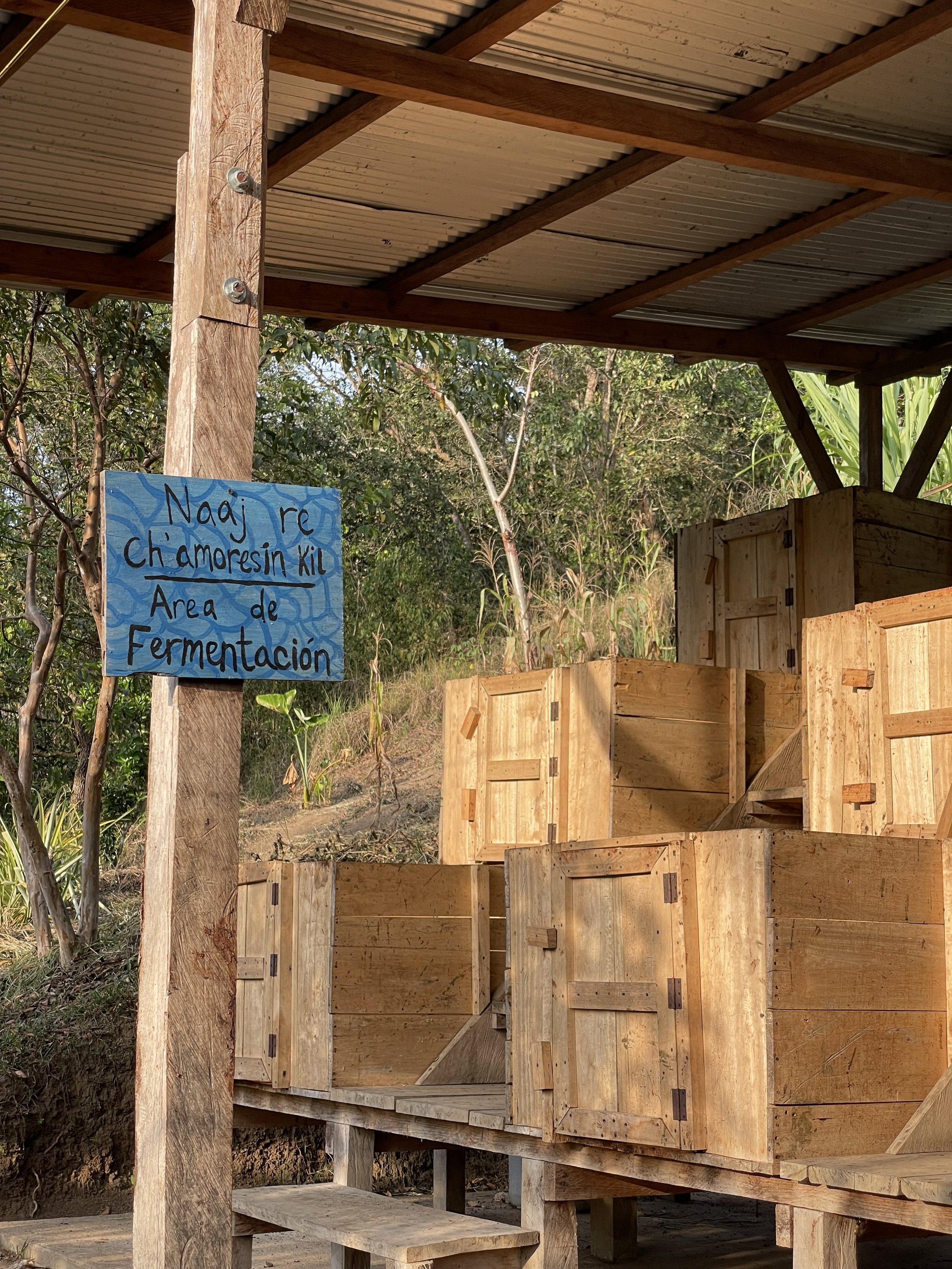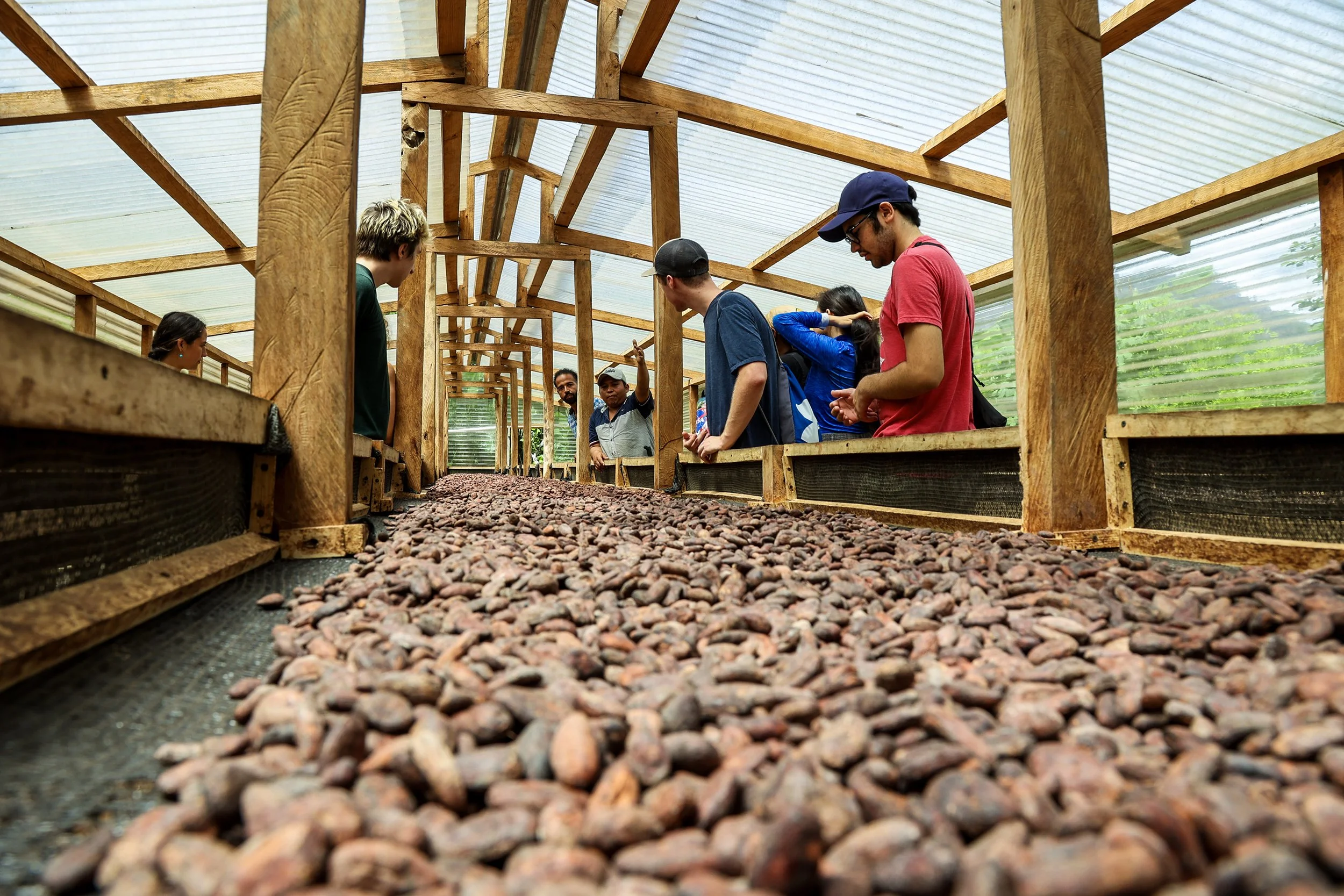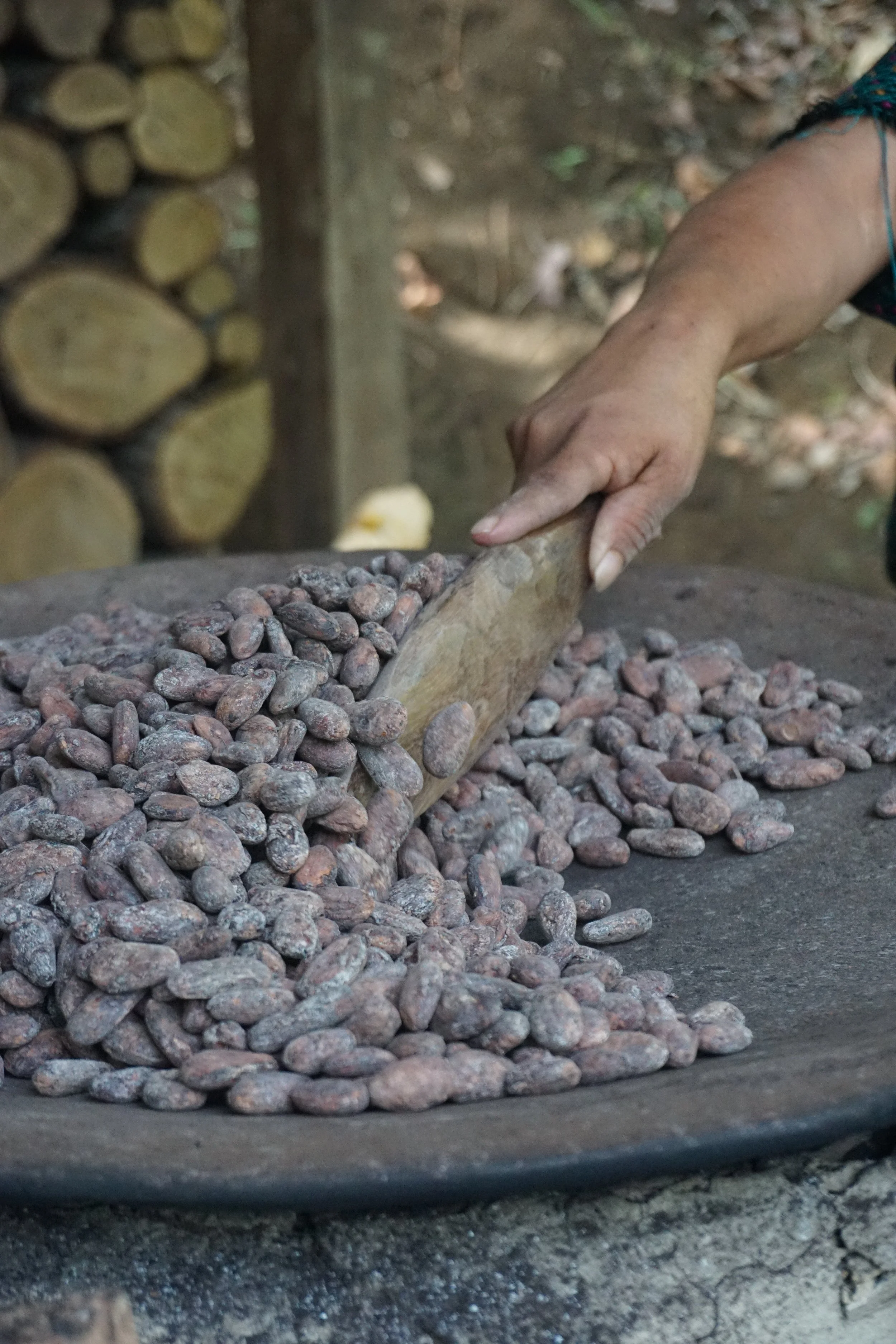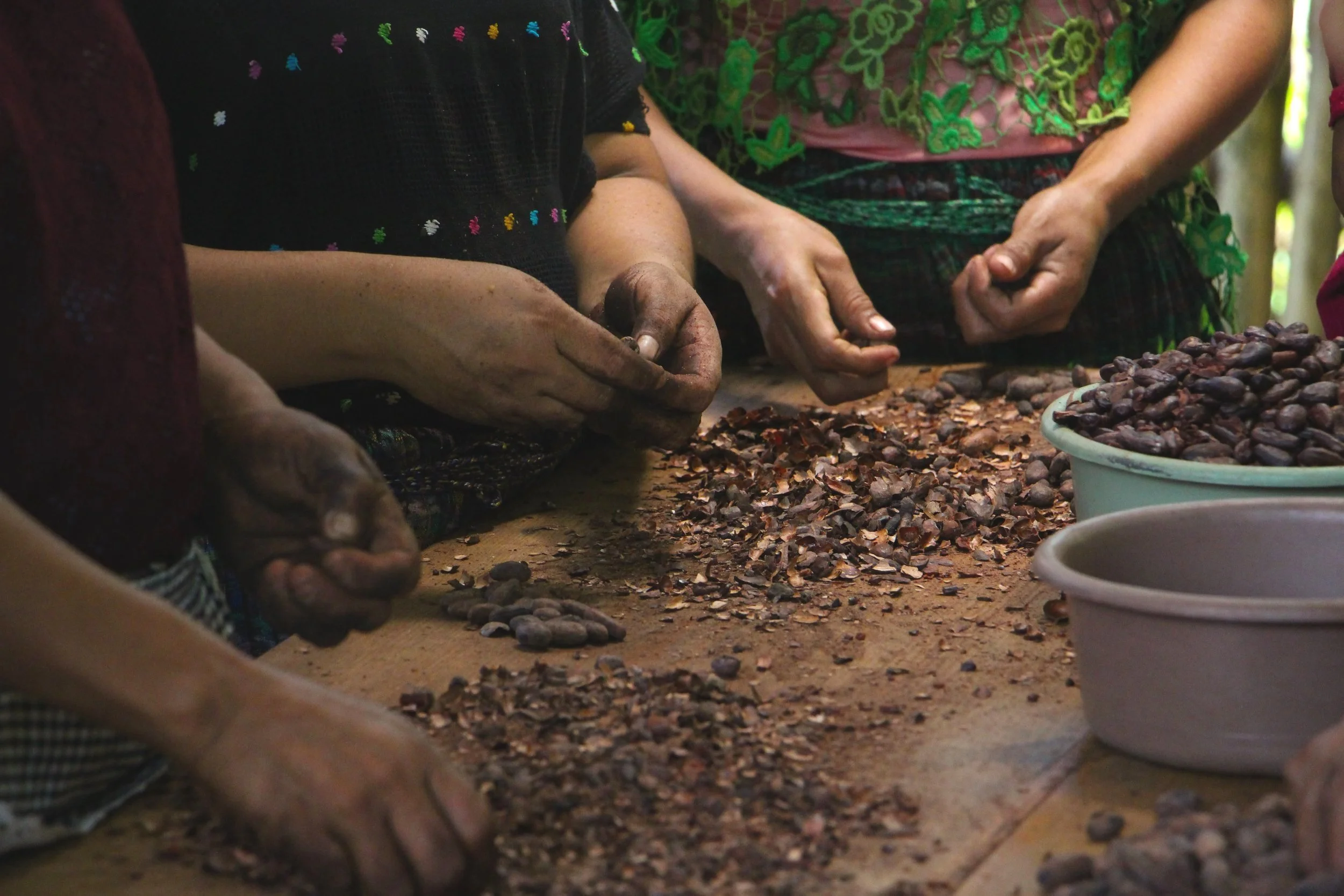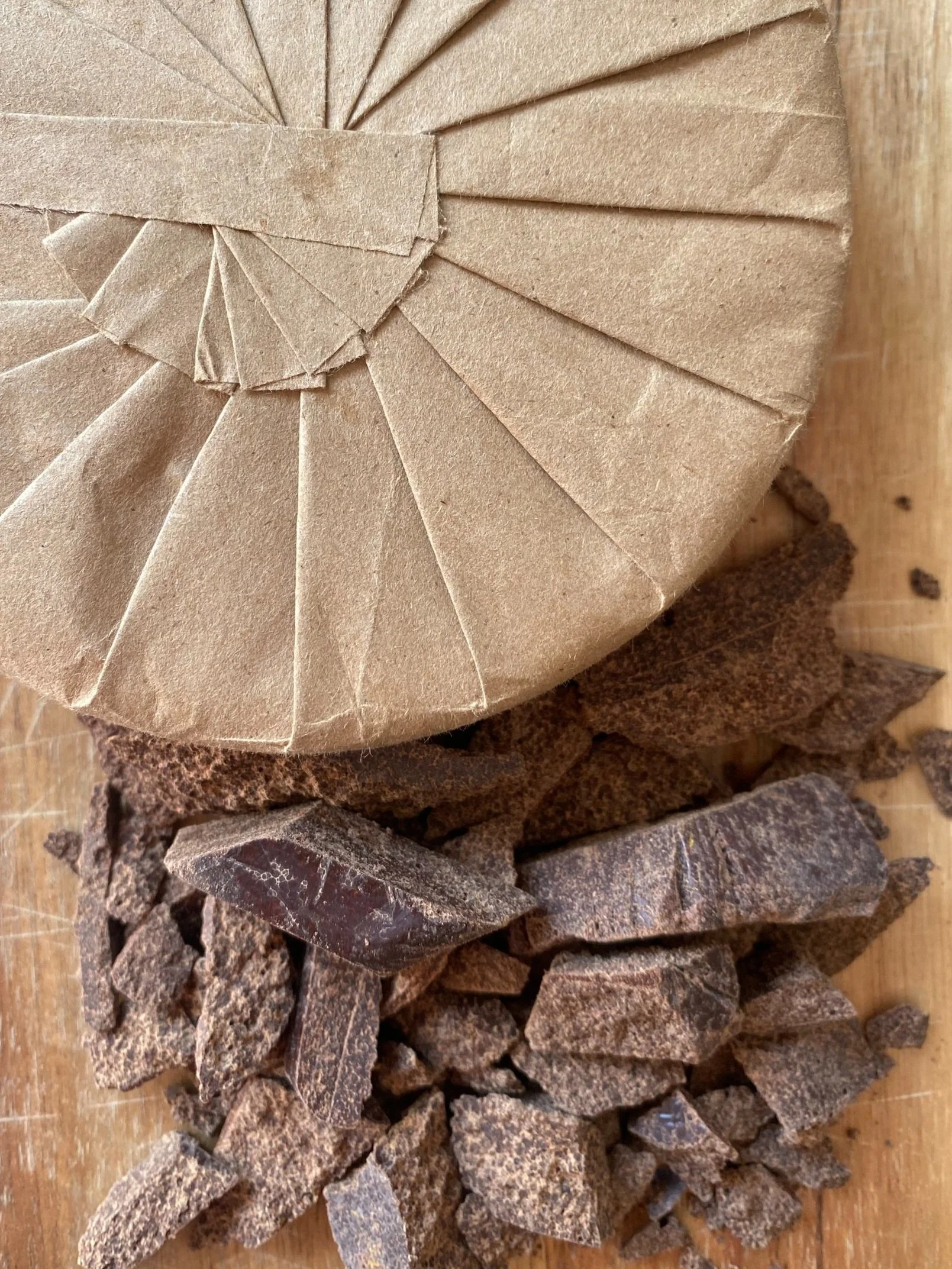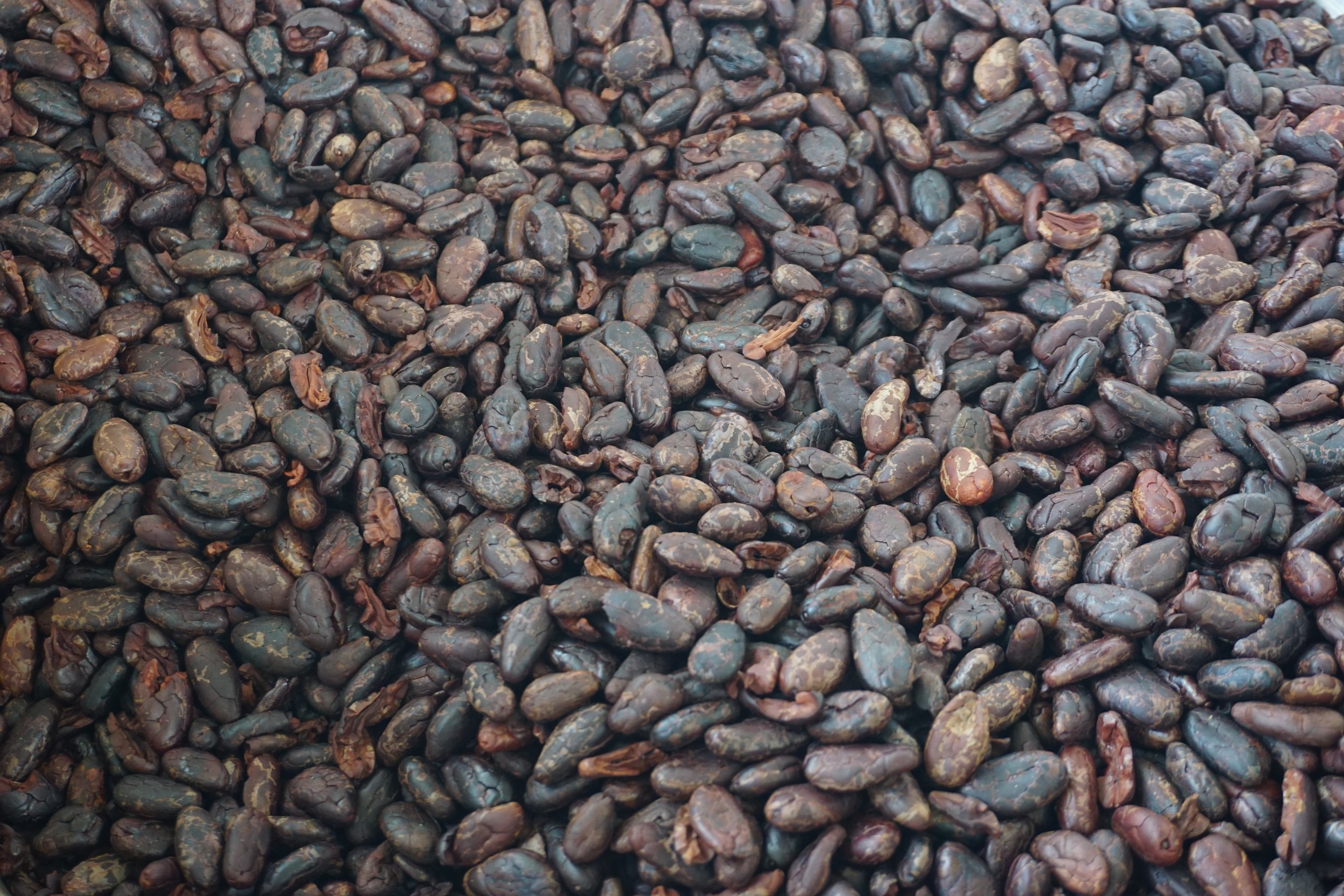
MEET OUR CACAO
Our Cacao is Grown, Harvested, and Prepared in the Original Q’eqchi Way
With Cacao, We Remember What’s Important
Cacao is teacher, medicine, and ancestor.
It guides our gatherings, nourishes our work, and reminds us that regeneration begins in relationship with the land, with lineage, and with each other.
Know How Your Cacao Grows
Why Chemical-Free Farming Matters
Healthy cacao grows in healthy soil, and healthy soil depends on biodiversity.
In monocultures, chemicals are used to fight pests and speed production, but they also destroy key organisms that protect the cacao from absorbing heavy metals. When these relationships are broken, cacao (and the humans who consume it) suffer.
That’s why we grow chemical-free.
Not just for ethics — but because soil health is human health.
Knowing how your cacao is grown means knowing how your own body is nourished.
Farming as Culture, Not Commodity
Each family in the network tends to their cacao using traditional Q’eqchi practices — composting, pruning, planting by lunar cycle, and working with the rhythms of the land.
Cacao is grown alongside diverse companions in agroforestry systems that provide food, medicine, shade, and income. These include:
cacao (as the main crop), madre cacao, plantain, banana, kala, cardamom, black pepper, allspice, vanilla, mahogany, cedar, copal, among other timber trees, fruit trees, and many medicinal plants.
These are living, breathing food forests — not plantations.
Red Ratzum: Economic Resilience, Cultural Preservation, and Trust Growing Together
We work to build an ecosystem of relationships, starting with Red Ratzum: a cacao collective of 65 Q’eqchi families across four communities: San Juan Chivite, Chicanchiu, Saquija', and Chivail, in the Lanquín–Cahabón corridor of Alta Verapaz.
Tuqtuquilal facilitates this network to support community well-being through mutually beneficial economic, social, and cultural relationships.
By integrating the cultivation, procurement, processing, and sale of regeneratively grown, value-added cacao with educational spaces for personal, cultural, and ecological healing—for both its family network and international visitors—Tuqtuquilal has established an impactful, resilient, and profitable business model.
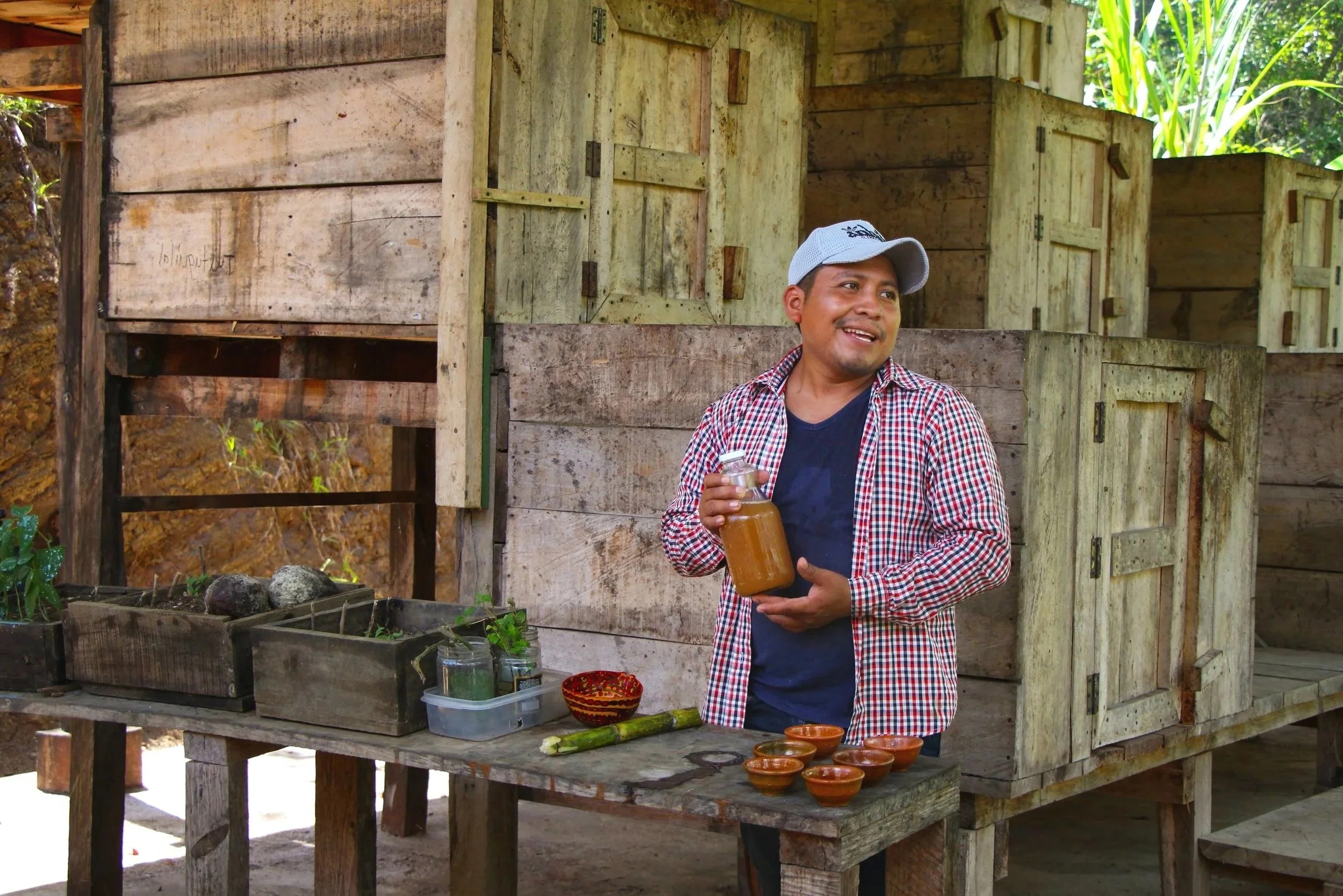
Rooted in Long-term Relationships
This network reflects a convergence of financial, social, natural, and spiritual capital. Tuqtuquilal helps organize, support, and connect this collective - from cultivation and processing to education and global sharing.
Artisanal Cacao Made the Way It’s Always Been
In a fast-food culture that prioritizes speed and efficiency above all, we do the opposite. Medicinal foods should be processed slowly and intentionally, by hand, honoring the history, culture, and rhythm of the bioregion, for it to yield the highest integrity product possible.
Step #1: Fermentation
After purchasing cacao with the Red Ratzum farmers, we add the cacao or baba into wooden fermentation boxes that are lined with banana leaves. After 2 days of anaerobic fermentation, we make the first stir, adding in air and beginning the aerobic fermentation process. This is an important alchemical process where the cacao seed “dies” (it can no longer be planted to reproduce) and begins to take on a new form as medicine and nourishment.
Step #2: Drying
Once the cacao is perfectly fermented, it moves to a drying house, to dry in the sun. We call it our “cacao sauna” because it gets quite hot in there! We turn the seeds over several times a day to ensure no moisture or mold is forming.
Step #3: Toasting
Although many cacao companies will use industrial toasters, we go the original way, toasting the cacao seeds in small batches over a clay comal, heated by firewood. This step requires presence and precision to ensure a consistent, toasty flavor.
Step #4: Peeling
Women from Red Ratzum carefully hand-peel every bean, removing broken or low-quality bits. We love hearing them chat in Q’eqchi and laugh as they work.
Step #5: Grinding & Packaging
We then grind the cacao into paste, form it into molds, and then package the cacao, first with a butter paper, and then with kraft paper. Fun fact: the folds in the kraft packaging match the pleats in the Q’eqchi women’s traditional skirts.

The result is delicious cacao that holds the energy of the Q’eqchi people, their lands, and the story of regeneration we are co-authoring together.
We are proud to serve this medicine all over the world to connect the hearts of humanity and support the flourishing of life.





